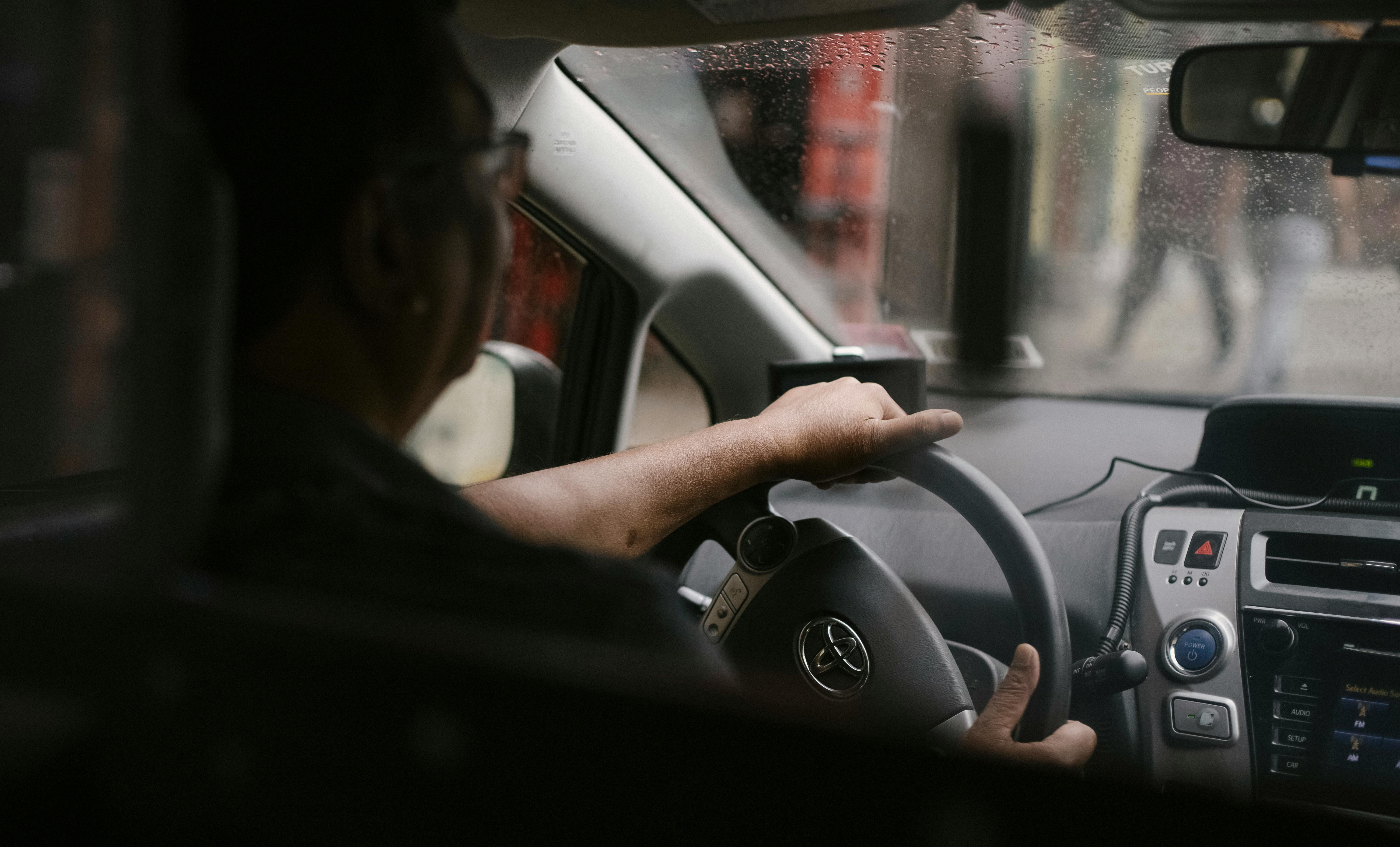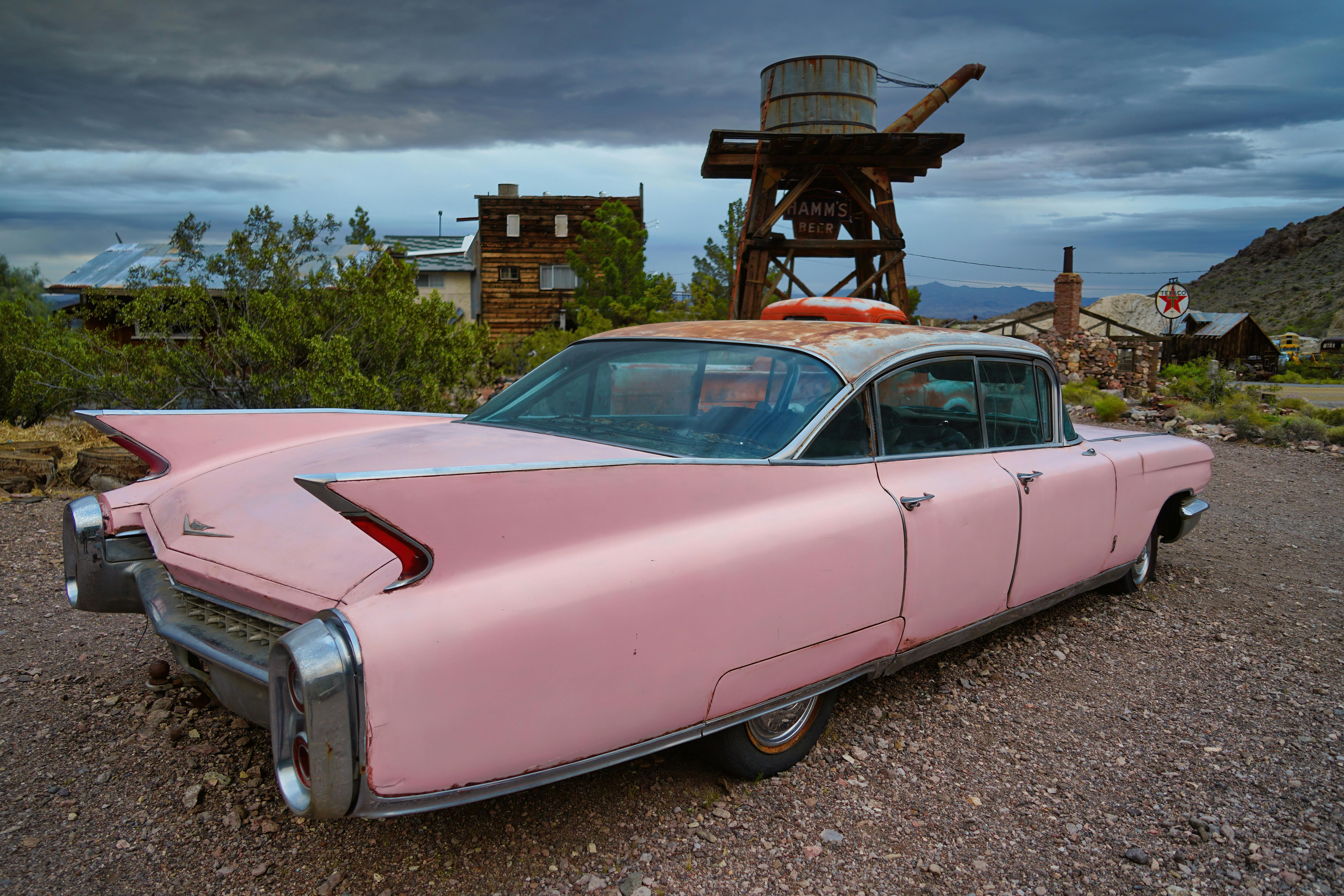Climbing Mount Everest has long been the greatest challenge for adventurers and climbers around the world. But climbing the highest mountain in the world is dangerous. As more people try to climb, the death toll on Everest inevitably increases. The rise in deaths on Everest has made some wonder: how many deaths is too many? At what point should climbing on Mount Everest be prohibited?
The history of deaths during the climb of Everest dates back to 1922. British climbers trying to become the first to reach the top were caught in an avalanche, resulting in seven deaths. In the decades since, more than 280 people have died climbing Everest. Since 1977, there has been at least one death every year.
Questions about the safety of climbing Everest became widespread in 1996, when a snowstorm killed eight climbers. Four other climbers died that same year in separate incidents. At the time, it was the deadliest year on Everest.
Similar incidents have occurred again in recent years. In 2014, an avalanche killed 16 Sherpas. In 2015, an earthquake triggered a massive avalanche that left 19 dead. Even without these catastrophic events, climbing Everest leads to a worrying number of deaths. The following year, 2016, seven climbers died on Everest. Its causes of death include falls, altitude sickness, heart problems, strokes, and exposure.
These tragedies can be compounded by various factors. For one thing, there are often several expeditions to the mountain at once. This can lead to so-called “traffic jams”, where there are too many climbers trying to take the same routes to the top. When bad weather hits, these large groups of climbers are vulnerable.
The large number of climbers and the consequent traffic jams can also mean that climbers are stuck near the top for longer periods of time. This leaves climbers exposed to the elements for too long, increasing their risk of death. Due to the high altitude near the top of Everest, it is impossible to survive for more than a few hours. Any delay at this point can be deadly.
The number of companies assisting climbers has also increased. It is common practice for climbers to hire guides, often local Sherpas, to help them navigate the mountain and reach its summit. But as the demand for these services has increased, so has the number of businesses. Not all of these companies have a good reputation. Some use cheap equipment and hire guides who are not trained to help climbers. These cost-cutting measures mean a lower price for climbers, but at what price?
Inexperienced guides and cheap equipment mean an even greater risk for climbers already embarking on a dangerous journey. The hikers have called on the Nepalese government to increase regulations and safety measures for climbers on Everest. In 2015, after two years in a row of deadly disasters, Nepal announced new requirements for those seeking permits to climb Everest. Starting in 2016, climbers had to prove that they had climbed other great mountains. Very young, elderly and disabled climbers were also prohibited.
With the new regulations, we are likely to see a decrease in deaths on Everest. However, nothing can completely prevent these deaths. People who climb Everest do so because they want to challenge themselves. They want to feel the pride of having reached the top of the highest mountain in the world. Climbers must be aware of the risks associated with Everest and make the decision to climb with those risks in mind. Rather than demanding a total ban on climbing Everest, climbers must accept responsibility for their decision to undertake what they know to be a dangerous journey.



